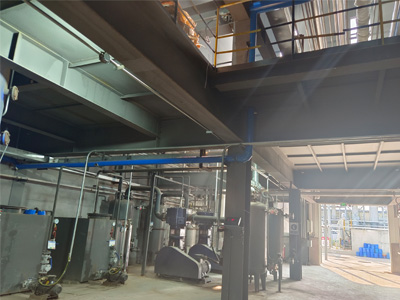what is poly aluminum chloride
Understanding Poly Aluminum Chloride An Essential Coagulant in Water Treatment
Poly Aluminum Chloride (PAC) is a versatile and effective chemical compound widely used in water treatment processes. It is a coagulant, meaning it helps in the aggregation of suspended particles in water, facilitating their removal. PAC is primarily utilized in municipal water treatment, wastewater treatment, and various industrial applications.
What is Poly Aluminum Chloride?
Poly Aluminum Chloride is a type of inorganic polymer that consists of aluminum oxide and hydrochloric acid. It is available in different formulations, including solid and liquid forms, and its composition can vary, affecting its properties and applications. The chemical formula can be represented as Aln(OH)mCl(3n-m), where n indicates the number of aluminum ions, and m represents hydroxyl ions.
PAC is produced by the reaction of aluminum chloride with a basic solution, often sodium hydroxide or calcium hydroxide. This process leads to the formation of a stable, large molecular weight polymer that effectively enhances the coagulation of particles in water.
Application in Water Treatment
1. Municipal Water Treatment One of the primary applications of PAC is in the treatment of drinking water. Its coagulating properties enable the removal of turbidity caused by suspended solids, organic matter, and microorganisms. By adding PAC to raw water, these impurities clump together, forming larger aggregates called flocs, which can then be easily removed during sedimentation or filtration processes.
what is poly aluminum chloride

2. Wastewater Treatment In wastewater treatment plants, PAC is employed to clarify effluents. The compound helps to reduce total suspended solids, color, and other pollutants, making the treated water suitable for discharge into the environment or for reuse. Its efficiency in low-temperature conditions and at varying pH levels makes it a preferred choice in many facilities.
3. Industrial Applications Beyond municipal and wastewater treatment, PAC has found applications in various industries, including paper manufacturing, textile processing, and food production. In paper manufacturing, it aids in the retention of fibers and fillers, improving the quality of paper. In the textile industry, PAC is used to treat dyeing wastewater, helping to remove color and other contaminants.
Advantages of Using PAC
PAC offers numerous advantages over traditional coagulants like aluminum sulfate or ferric chloride. Some key benefits include
- Improved Efficiency PAC can achieve better coagulation and sedimentation results, often requiring smaller doses compared to other coagulants. - Wide pH Range It performs well across a broad pH range, making it suitable for various types of water. - Reduced Residuals The use of PAC generally results in lower residual levels of aluminum in treated water, which is a significant concern in drinking water safety.
Conclusion
Poly Aluminum Chloride is a crucial component in the field of water treatment, offering a reliable and effective solution for various applications. Its ability to enhance the coagulation process makes it indispensable in ensuring the quality and safety of water for drinking and industrial uses. As water treatment technologies evolve, PAC will likely continue to play a vital role in meeting the growing demand for clean water in an increasingly industrialized world.
-
Water Treatment with Flocculant Water TreatmentNewsJun.12,2025
-
Polymaleic AnhydrideNewsJun.12,2025
-
Polyaspartic AcidNewsJun.12,2025
-
Enhance Industrial Processes with IsothiazolinonesNewsJun.12,2025
-
Enhance Industrial Processes with PBTCA SolutionsNewsJun.12,2025
-
Dodecyldimethylbenzylammonium Chloride SolutionsNewsJun.12,2025





